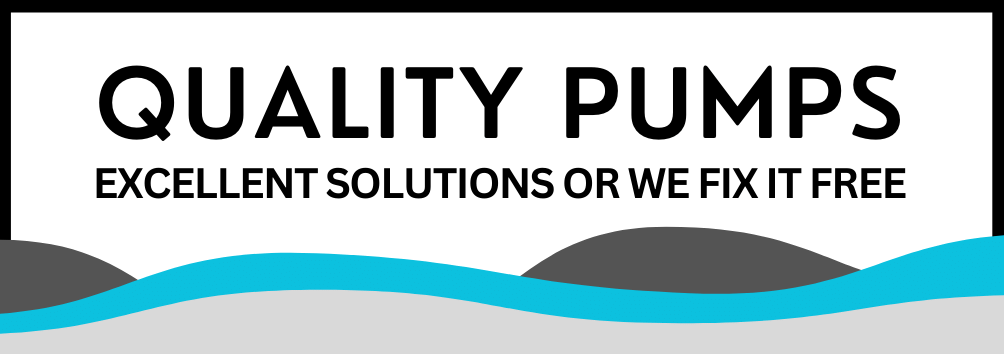The Ultimate Guide to Enhancing Your Home's Water Pressure Without Using a Pump
Experiencing low water pressure in your home can be more than just an inconvenience; it affects daily tasks, from showering to washing dishes, making them tedious and time-consuming. However, boosting your home's water pressure doesn't always mean you need to install an expensive pump. In this comprehensive guide, we'll explore practical and innovative solutions to enhance your water pressure without relying on a pump, ensuring your household operations run smoothly and efficiently.
Understanding Water Pressure: A Primer
Water pressure, essentially the force that propels water through your pipes and out of your fixtures, is crucial for an efficient household water system. Measured in pounds per square inch (PSI), optimal water pressure ensures a steady and reliable water flow. Common culprits of low water pressure include clogged pipes, leaky pipes, and issues with the municipal supply, which can significantly hinder water flow and pressure.
The Role of Pumps in Boosting Water Pressure: An Overview
Traditionally, pumps have been a go-to solution for improving water pressure in homes. They're effective but can be costly, require maintenance, and may not be the most energy-efficient option. Given these considerations, exploring pump-free alternatives for increasing water pressure is both a practical and appealing option for many homeowners.
Non-Pump Solutions to Increase Water Pressure
Cleaning and Maintenance
Clogged Aerators and Shower Heads: Over time, faucet aerators and shower heads can become clogged with mineral deposits, reducing water flow. Regular cleaning or replacing these can significantly improve water pressure at individual fixtures.
Plumbing Adjustments
Pressure Regulators: A faulty pressure regulator can cause low water pressure. Adjusting or replacing it can restore proper water flow throughout your home.
Checking for Leaks: Even small leaks can lead to significant pressure loss. Conduct regular checks and fix leaks promptly to maintain optimal water pressure.
System Enhancements
Water-Saving Fixtures: High-efficiency fixtures can help maintain good water pressure while reducing water usage, offering an eco-friendly solution to pressure problems.
Pipe Upgrades: Older homes with corroded or narrow pipes might experience reduced water flow. Upgrading to modern, wider pipes can improve water pressure significantly.
Innovative Technologies for Water Pressure Improvement
Emerging technologies offer new ways to enhance water pressure without traditional pumps. These solutions, ranging from advanced water-saving fixtures to innovative plumbing materials, are designed to optimize water flow and pressure efficiently.
Frequently Asked Questions (FAQs)
Q: Can I improve water pressure without significant plumbing changes?
A: Yes, simple steps like cleaning aerators and shower heads can make a noticeable difference.
Q: Are there environmental benefits to avoiding pumps?
A: Yes, many pump-free solutions reduce water usage and energy consumption, contributing to a more sustainable household.
Conclusion
Improving your home's water pressure without resorting to a pump is not only possible but can be straightforward and cost-effective. By employing the solutions outlined in this guide, from regular maintenance to strategic plumbing upgrades, you can achieve a more efficient water system. Before considering a pump, try these pump-free methods to boost your water pressure and enjoy the benefits of a fully functional home water system.
Remember, the key to a successful resolution of water pressure issues lies in understanding the cause and exploring all available options. Should you require further assistance or a professional consultation, don't hesitate to reach out to a plumbing expert.
By taking a comprehensive approach to water pressure improvement, incorporating both traditional wisdom and innovative technologies, you can enhance your home's water system's efficiency and sustainability.
